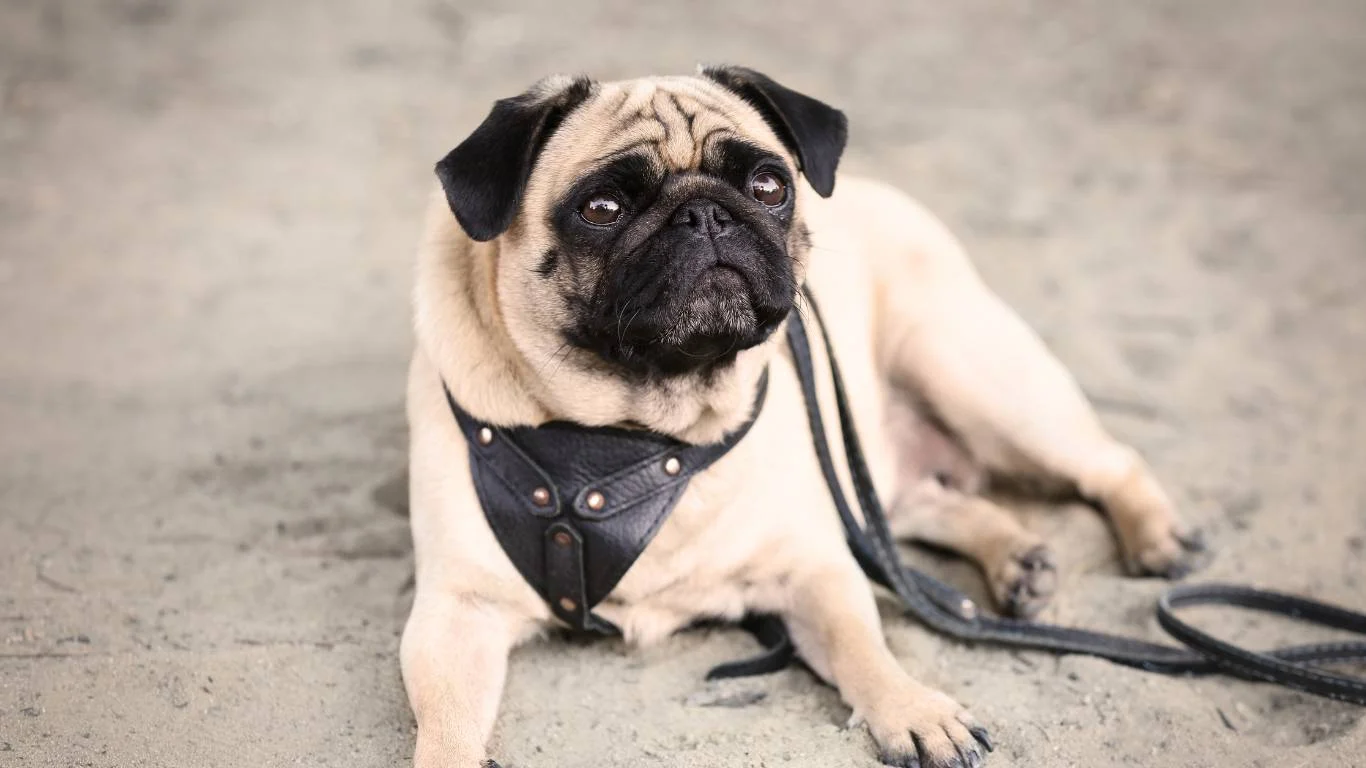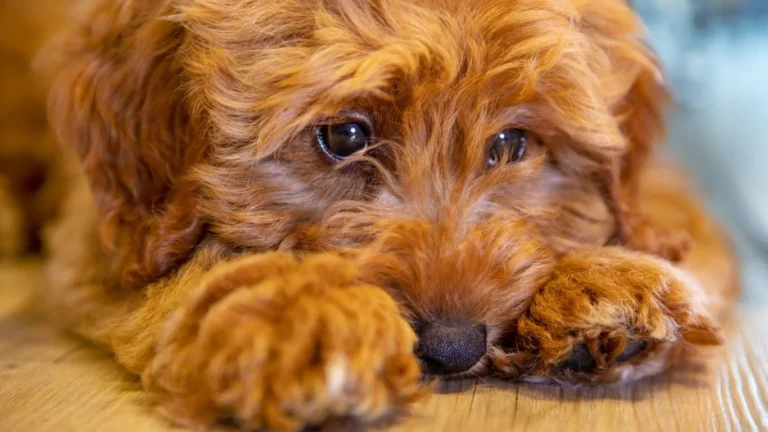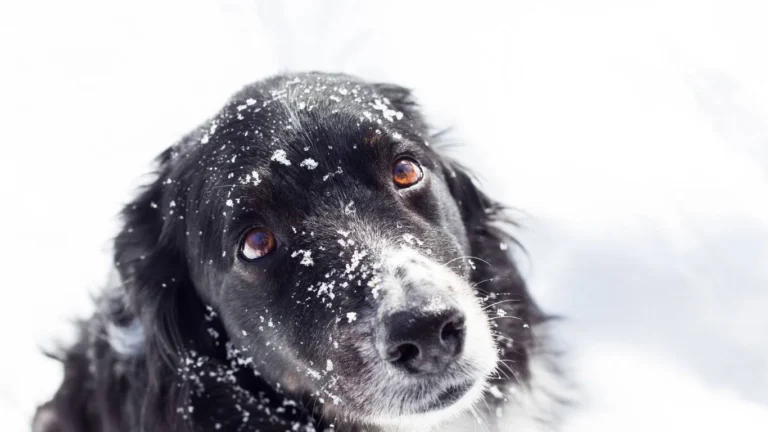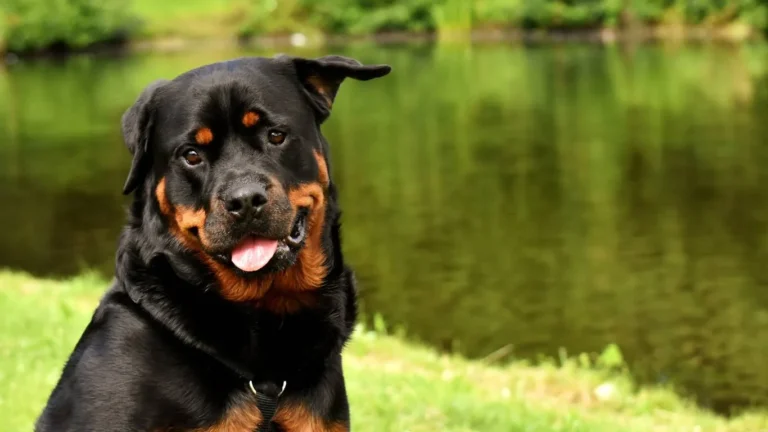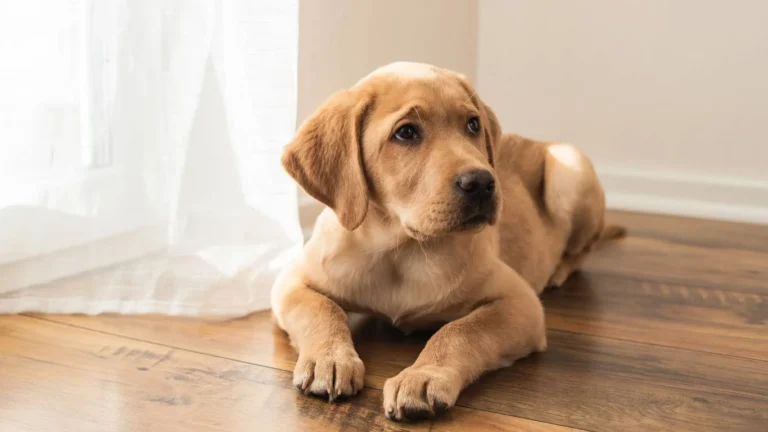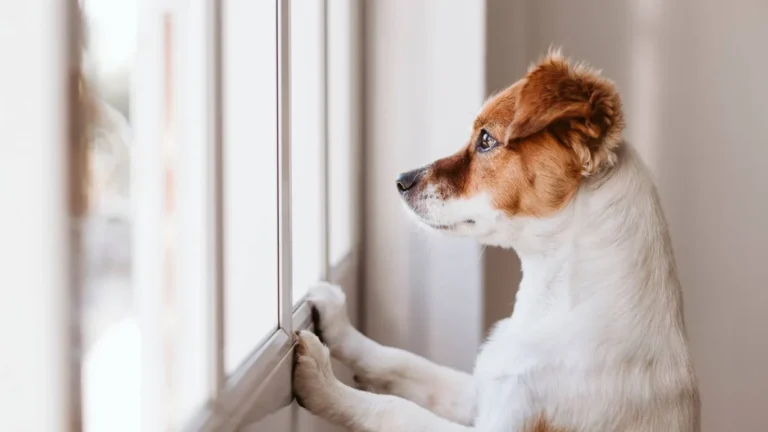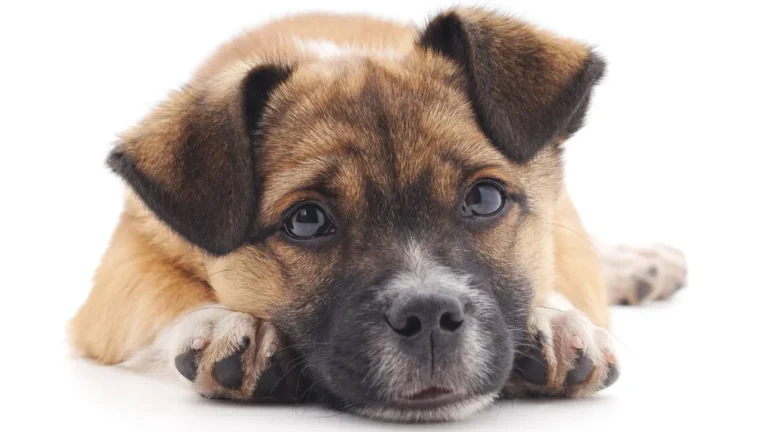What Causes Hair Thinning in Dogs? 10 Key Reasons and Solutions
As a Pet Nutritionist and pet care expert with years of experience working in veterinary clinics, I’ve seen firsthand the concerns pet owners have when they notice their dogs experiencing hair thinning. It’s alarming to see your furry friend’s coat lose its lushness, and many of us wonder: what causes hair thinning in dogs? In this post, we’re going to dig into the common causes behind hair thinning, so you can better understand what’s going on and take the right steps toward addressing it. Whether your dog is shedding more than usual, or you’ve noticed some bald spots, there are many potential reasons behind the thinning, and we’ll explore each one in detail.
Understanding Hair Thinning in Dogs
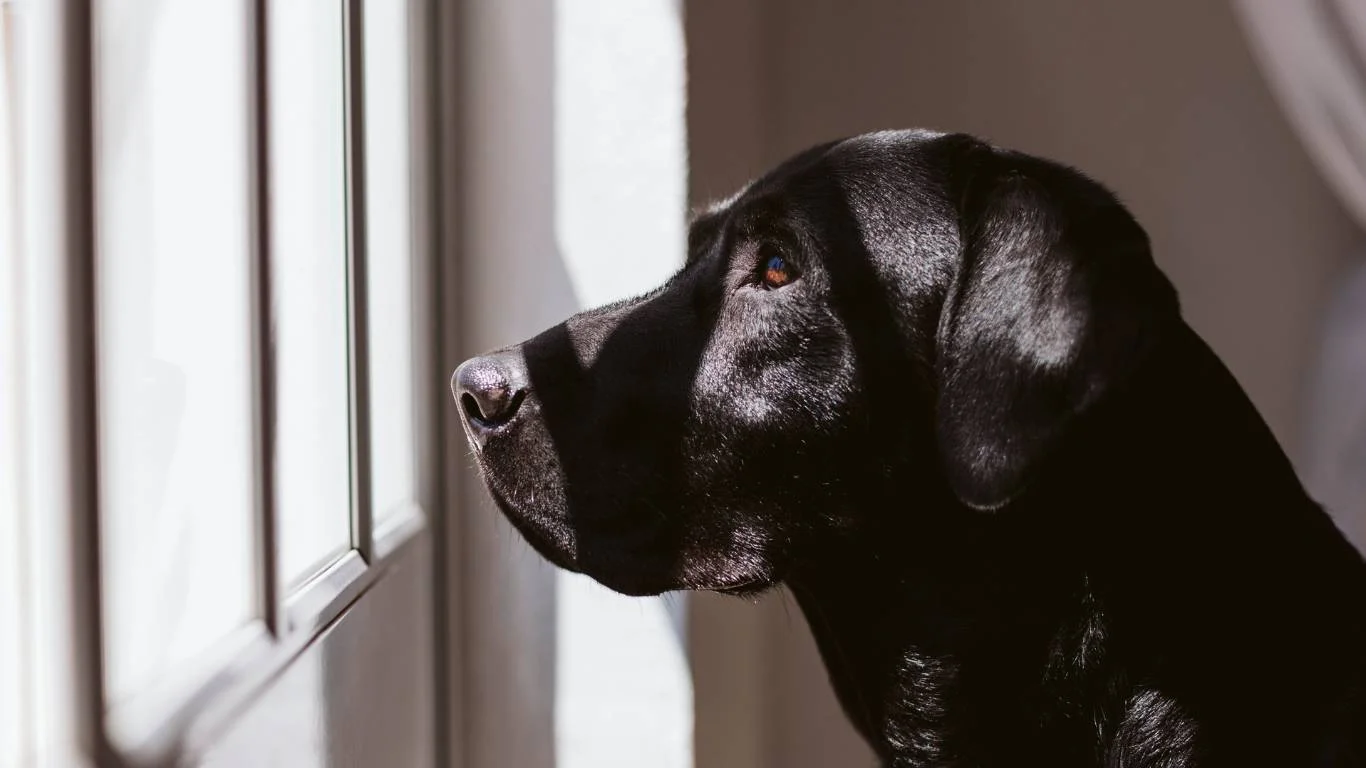
Hair thinning in dogs can happen for a variety of reasons, and it’s not always something to be immediately worried about. However, in some cases, it could signal an underlying health issue that needs attention. As a pet owner, the first step is to identify any changes in your dog’s fur. If your dog is losing hair, has bald patches, or is experiencing more shedding than usual, it’s important to take action.
From nutritional deficiencies to parasites or even stress, many factors can lead to thinning hair in dogs. Let’s start by exploring some of the most common causes of this condition.
1. Nutritional Deficiencies: A Common Culprit
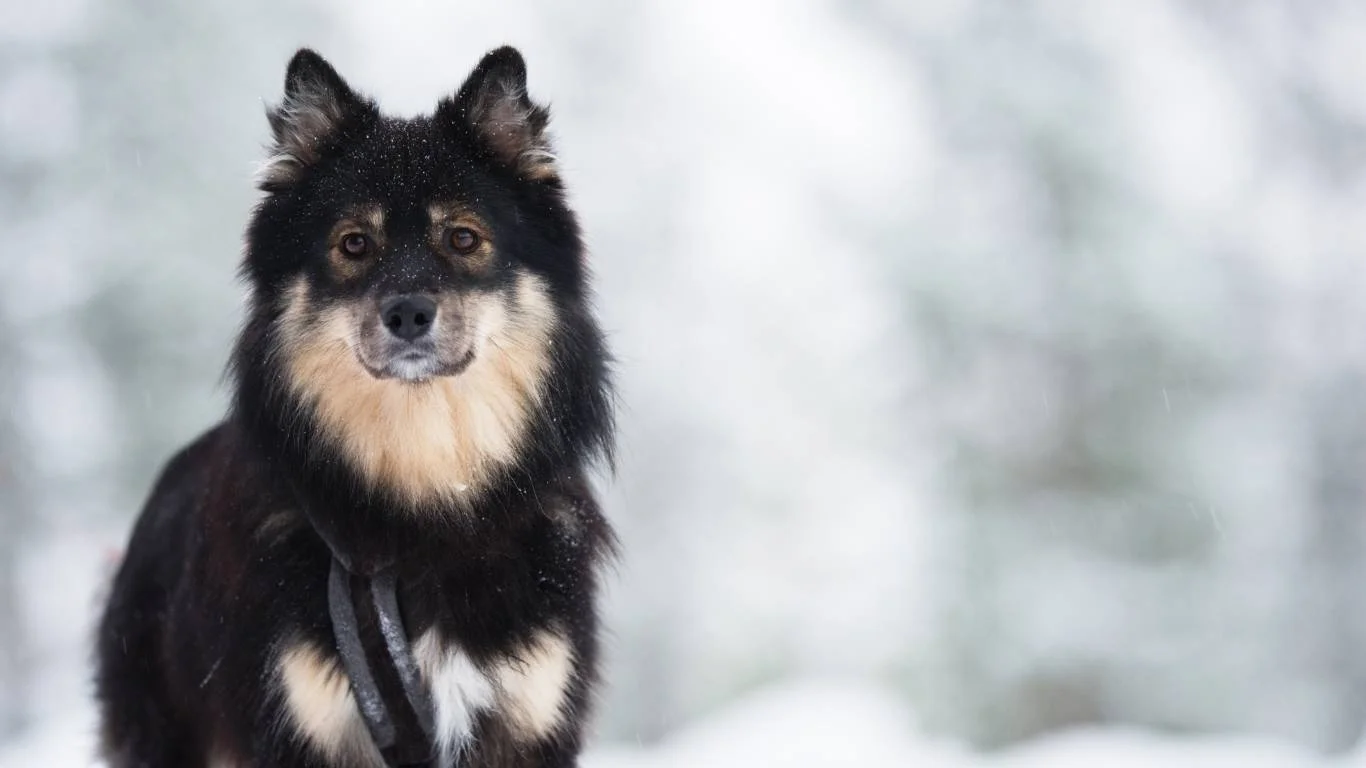
One of the leading causes of hair thinning in dogs is a poor diet. As a pet nutritionist, I’ve worked with many clients whose dogs showed signs of thinning fur simply because they weren’t getting the right balance of nutrients. Dogs need specific vitamins and minerals to maintain a healthy coat, including omega-3 fatty acids, zinc, and biotin. If these aren’t present in their diet, it can lead to dull, brittle hair, excessive shedding, or even bald patches.
If your dog’s food lacks the right nutrients, you might notice that their coat is looking less shiny, or you could see more hair than usual around the house. It’s essential to provide your dog with a high-quality, well-balanced diet. Be sure to check the ingredients on your pet’s food and make sure it contains the nutrients needed for healthy skin and fur. Don’t be afraid to consult your vet for personalized recommendations if you’re unsure about your dog’s diet!
2. Parasites and Infections: Fleas, Mites, and More

Another reason for hair thinning in dogs is the presence of parasites like fleas, mites, or ticks. These little critters can cause severe itching and discomfort, which often leads to hair loss. Fleas, for example, are notorious for causing itching, and the constant scratching can result in thinning patches of fur. Mites and other parasitic infections can also cause scabbing, hair loss, and an overall unhealthy coat.
If your dog is scratching incessantly or licking certain spots more than usual, it’s worth checking for fleas or other parasites. Additionally, skin infections caused by bacteria or fungi (such as ringworm) can also contribute to hair thinning. It’s best to have your vet conduct a thorough examination to identify any parasitic or fungal infections so they can prescribe the right treatment.
3. Hormonal Imbalances and Thyroid Issues
Hormonal imbalances, particularly issues with the thyroid, are another significant cause of hair thinning in dogs. Hypothyroidism, a condition where the thyroid doesn’t produce enough hormones, can lead to hair loss, lethargy, and weight gain. This is something I’ve seen quite often in older dogs, and it’s one of the most common hormonal issues that affect hair growth.
If your dog’s hair thinning is accompanied by other signs like sluggishness, weight gain, or cold intolerance, it’s worth investigating the possibility of a thyroid disorder. A simple blood test at your vet’s office can help determine if thyroid issues are the culprit. If diagnosed, your vet will likely prescribe medication to help regulate hormone levels, which can promote healthier hair growth.
4. Stress and Anxiety: The Unexpected Cause
Believe it or not, stress and anxiety can also cause your dog to lose hair. Dogs that experience significant stress due to changes in their environment, routine, or household can develop a condition called psychogenic alopecia. This condition occurs when a dog starts to excessively groom or lick themselves as a response to anxiety, leading to hair thinning and even bald patches.
I’ve worked with pet owners who were surprised to find that their dog’s hair thinning was directly related to stress. Changes like moving to a new home, bringing a new pet into the family, or even shifts in daily routines can trigger anxiety in dogs. If you suspect stress is playing a role, try to pinpoint any changes in your dog’s life and see if there’s anything you can do to reduce their anxiety. This could include providing a safe, quiet space, or using calming products such as anxiety wraps or pheromone diffusers.
5. Seasonal Shedding: Natural and Normal
It’s also important to remember that some amount of hair thinning or shedding is perfectly natural. Many dogs shed more during certain seasons, especially during the spring and fall when they shed their old fur in preparation for warmer or cooler weather. This type of shedding typically doesn’t cause bald spots or severe thinning, but it can be noticeable in dogs with thick coats.
During seasonal shedding, you might notice a bit more fur around the house or on your dog’s bed. Regular grooming can help reduce the amount of loose fur and keep your dog comfortable. If your dog is shedding excessively during non-seasonal months, though, it could be a sign of an underlying issue, and a visit to the vet is recommended.
Health Conditions Linked to Hair Thinning in Dogs
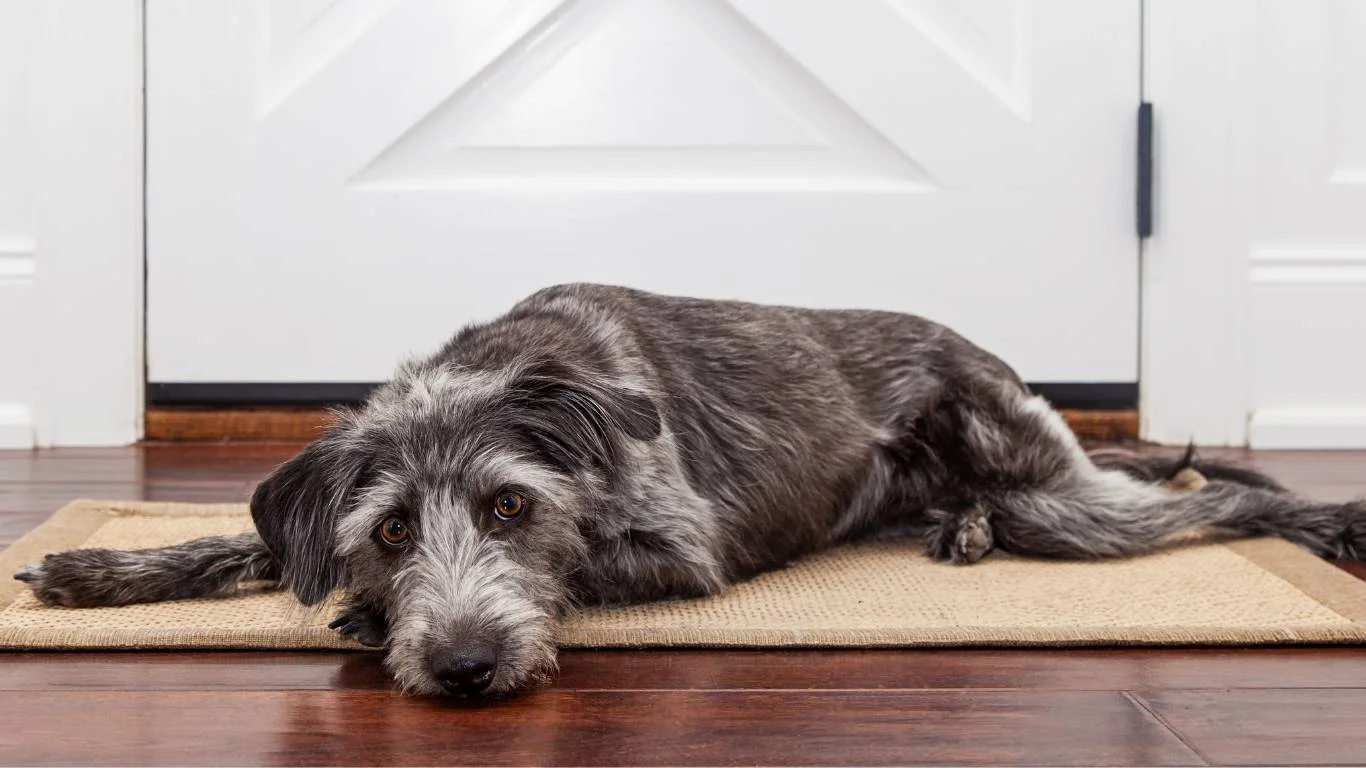
In addition to nutritional issues and external factors like parasites, there are also certain health conditions that can contribute to hair thinning in dogs. These conditions can affect your dog’s coat in various ways, whether through systemic issues or localized skin problems. In my years of working closely with pet owners, I’ve seen a variety of health-related causes behind this concerning symptom.
6. Autoimmune Diseases: The Body Attacking Itself
One of the more serious reasons that could cause hair thinning in dogs is an autoimmune disease. Autoimmune conditions occur when the dog’s immune system mistakenly targets healthy cells in their body, including the hair follicles. This can lead to patchy hair loss and significant thinning in specific areas of the dog’s coat.
A common autoimmune disorder seen in dogs is canine discoid lupus erythematosus (DLE), which affects the skin, causing hair loss along with scabbing and inflammation. Dogs with DLE may also develop sores or red patches on their noses or other areas exposed to the sun. Although DLE is typically a localized issue, it can cause severe damage to the fur and skin if not treated properly.
If your dog is exhibiting signs of hair thinning along with any type of skin irritation or redness, it’s important to visit a veterinarian. The sooner autoimmune conditions are diagnosed and treated, the better the chances of preventing further hair loss or skin damage. Your vet may recommend immunosuppressive medications or topical treatments depending on the severity of the condition.
7. Cushing’s Disease: Hormonal Havoc
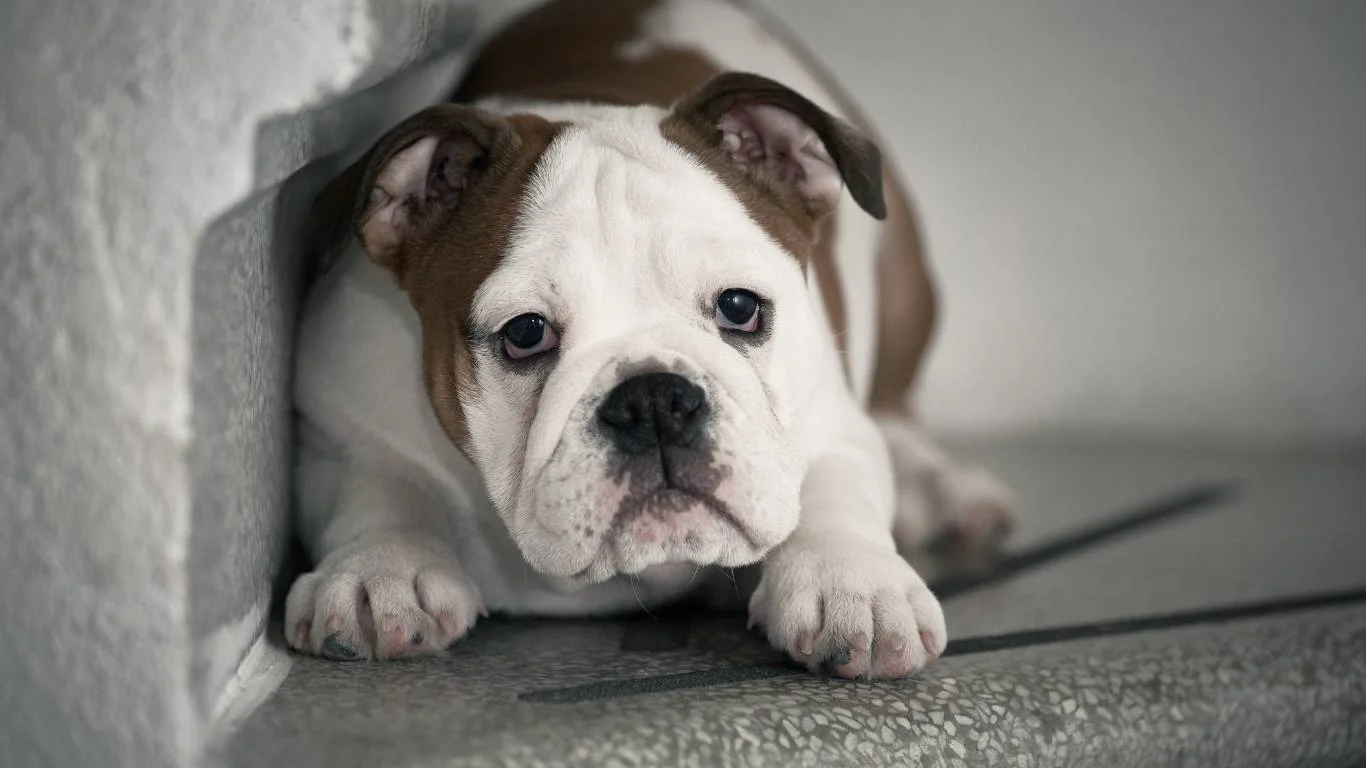
Cushing’s disease is another hormonal disorder that can lead to hair thinning in dogs. This condition occurs when the body produces too much cortisol, often due to a tumor on the pituitary or adrenal glands. The excess cortisol can cause a variety of symptoms, including thinning or loss of hair, especially on the trunk and legs. Dogs with Cushing’s may also develop thinning skin, a pot-bellied appearance, and increased thirst and urination.
Many pet owners don’t initially recognize the signs of Cushing’s disease because the symptoms can develop gradually. I’ve seen many dogs with this condition go undiagnosed for months, as hair thinning is often chalked up to age or seasonal shedding. However, if you notice any of the classic symptoms—like excessive panting, changes in appetite, and a thinning coat—it’s essential to have your vet perform a thorough examination. Blood tests and imaging can confirm whether Cushing’s is the root cause.
8. Allergies: A Common Cause of Itching and Hair Loss
Allergies are also a major contributor to hair thinning in dogs. Whether your dog is allergic to certain foods, pollen, or environmental factors, the reaction can lead to severe itching, scratching, and even hair loss. Allergies can cause skin irritation, rashes, and sometimes hives, which may result in your dog licking or chewing at the affected area. This behavior can lead to thinning fur or bald spots, especially in areas where your dog tends to focus their attention, like their paws or belly.
As a pet nutritionist, I often see dogs with food allergies that struggle with skin issues, including hair thinning. Common food allergens for dogs include beef, chicken, dairy, and wheat. If your dog’s thinning hair seems to be paired with digestive upset, ear infections, or paw licking, it might be time to consider the possibility of a food allergy. An elimination diet under the guidance of a veterinarian can help identify the culprit.
Environmental allergens like dust mites, mold, or certain grasses can also cause allergic reactions in dogs. In such cases, the hair thinning may be more seasonal, showing up when allergens are at their peak. This kind of shedding typically resolves once the allergens are no longer a concern, but if the problem persists, your vet may recommend antihistamines or other treatments to help manage your dog’s symptoms.
9. Fungal Infections: Ringworm and Other Culprits
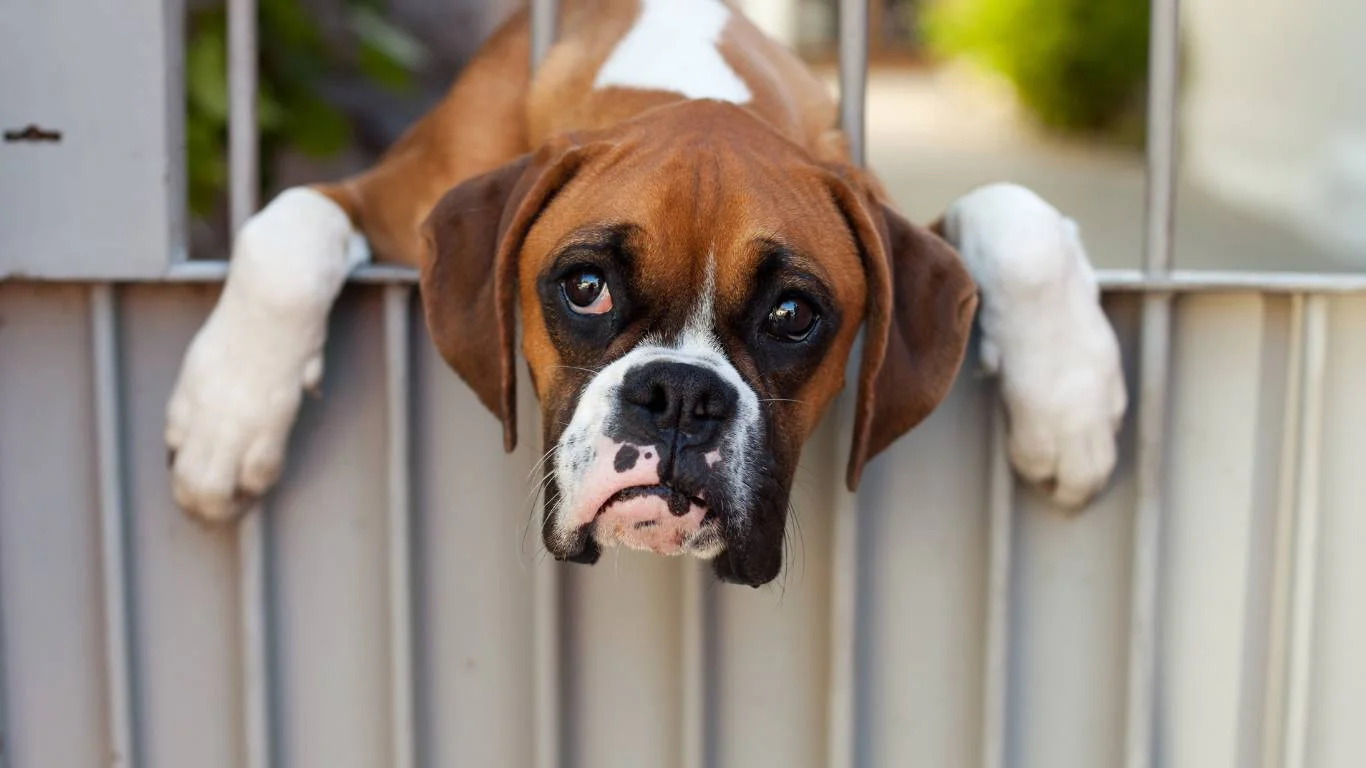
Fungal infections are another reason for hair thinning in dogs. Ringworm, despite the name, is actually a fungal infection and is highly contagious. It can cause circular patches of hair loss, often accompanied by redness or scabbing. Although ringworm is most commonly associated with cats, it can affect dogs as well. Puppies and older dogs with weaker immune systems are especially susceptible to this infection.
In addition to ringworm, there are other types of fungal infections that can lead to hair loss. These infections often occur in the skin folds, paws, or ears, and they can lead to a crusty, scaly appearance. Fungal infections can be difficult to spot at first because they often start out looking like small patches of irritation. However, if left untreated, the infection can cause hair loss, inflammation, and further spread.
If you suspect your dog may have a fungal infection, it’s important to get a diagnosis from your vet. Fungal infections can typically be treated with antifungal medications, both topical and oral. With proper care, your dog’s coat should start to regrow, and any irritation should subside. In the meantime, you can help your dog feel more comfortable by keeping the affected areas clean and dry.
10. Aging: Natural Hair Thinning
Lastly, let’s not forget that aging can also play a role in hair thinning. As dogs get older, it’s natural for their hair to thin out a bit. This is particularly common in senior dogs, especially those who have had thick, luxurious coats throughout their younger years. The production of hair follicles may decrease with age, and some hair may not grow back as quickly as it used to.
While aging is a natural process, there are still ways to support your dog’s coat as they grow older. Ensuring they get a balanced diet rich in nutrients that support skin health, like omega-3s, can help keep their coat as healthy as possible. Regular grooming is also crucial to keep the skin stimulated and remove any dead hair, which can help promote healthier hair growth.
How to Address Hair Thinning in Dogs: Treatment Options

Now that we’ve covered the various causes behind hair thinning in dogs, you’re probably wondering what you can do to help your pup. The good news is, with the right approach, many causes of hair thinning can be managed or even reversed. The treatment options vary depending on the underlying cause, but there are several effective ways to promote hair regrowth and improve your dog’s overall skin and coat health.
1. Nutritional Support: A Healthy Diet for a Healthy Coat
As a pet nutritionist, I can’t stress enough how important a balanced diet is for maintaining a shiny, healthy coat. If your dog is experiencing hair thinning due to a nutritional deficiency, the first step is to ensure they’re getting the right nutrients. A high-quality dog food formulated with premium ingredients—such as fish oils, chicken, lamb, and vegetables—can provide essential fatty acids and proteins that promote healthy hair growth.
In addition to a well-balanced diet, you may want to consider adding supplements to your dog’s food. Supplements like omega-3 fatty acids (often from fish oil) can help nourish your dog’s skin and coat. I’ve seen great results with these, especially in dogs who have dry, flaky skin or thinning coats. Vitamins such as biotin and zinc are also beneficial for hair growth and overall skin health. However, before introducing any new supplements, it’s always a good idea to consult with your vet to ensure they’re safe and effective for your pet.
2. Topical Treatments and Medications
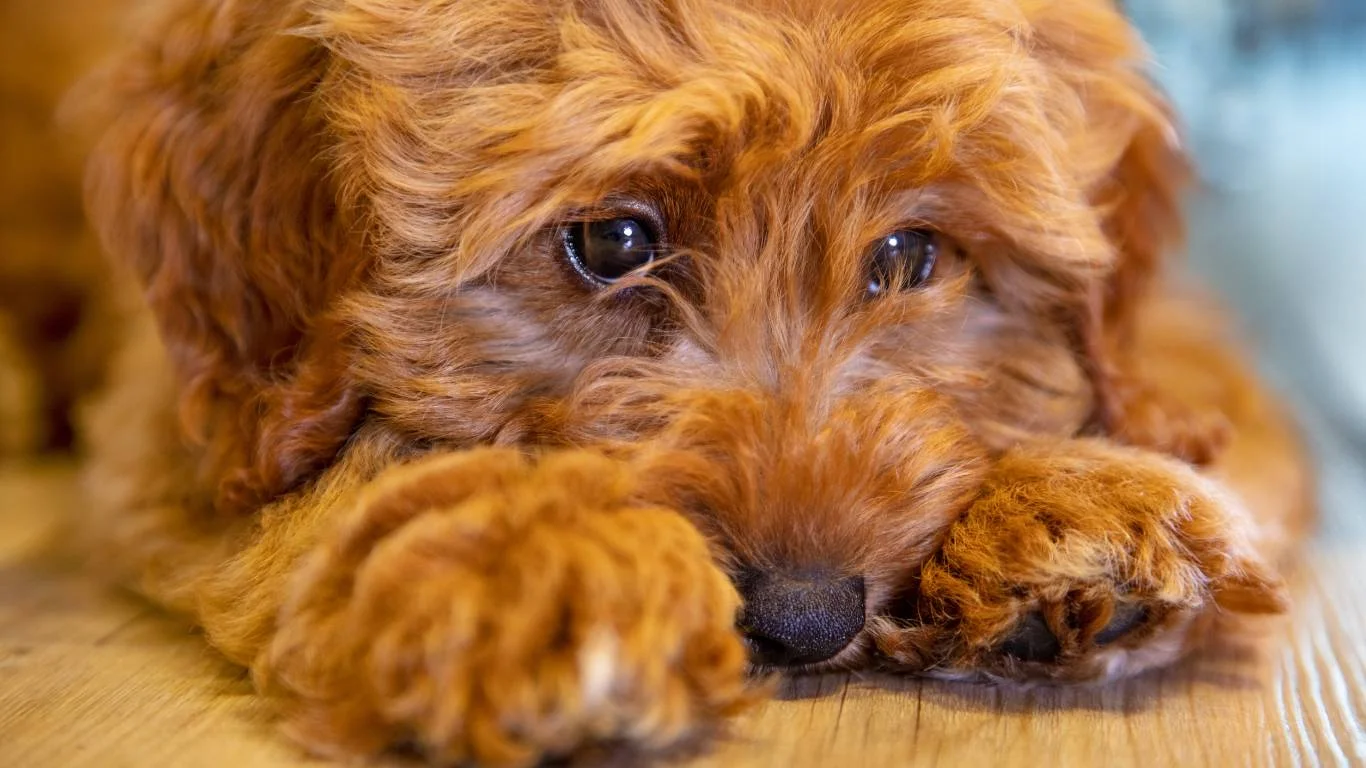
If your dog is suffering from a fungal or bacterial infection, topical treatments may be the most effective option. Antifungal creams or shampoos can be used to treat conditions like ringworm, while antibacterial ointments can address any skin infections that might be contributing to hair thinning. For more severe cases, your vet may recommend oral antibiotics or antifungal medications to clear up the infection and help promote hair regrowth.
For allergies, using topical treatments like hydrocortisone creams can help alleviate itching and inflammation. These treatments can make your dog more comfortable while you work with your vet to identify and eliminate the source of the allergy. If food allergies are the issue, transitioning to a hypoallergenic diet under your vet’s guidance will be key to reducing the allergy symptoms, including hair loss.
3. Managing Stress: Reducing Anxiety to Prevent Hair Loss
If your dog’s hair thinning is linked to stress, managing anxiety is an essential part of the treatment plan. Dogs, just like people, can experience emotional distress, and chronic stress can have a direct impact on their physical health, including their fur. You can reduce stress in your dog’s life by providing a calm, predictable routine. This includes regular meal times, exercise, and sleep schedules, as well as offering safe spaces where your dog can retreat when they feel overwhelmed.
One of the best ways to help a stressed dog is through mental stimulation and enrichment. Interactive toys, puzzle feeders, and short training sessions can help redirect your dog’s attention and provide a sense of accomplishment. If your dog’s stress is due to separation anxiety or other intense fears, there are products available, such as calming collars or pheromone diffusers, that can help ease their anxiety. In more severe cases, a vet-prescribed anxiety medication might be necessary, but this should always be a last resort.
4. Regular Grooming: Keeping Your Dog’s Coat Healthy
Sometimes, a simple solution to hair thinning is regular grooming. Brushing your dog’s fur not only helps remove dead hair and prevent matting, but it also stimulates the skin and promotes healthy circulation, which can support hair regrowth. Dogs with long or thick coats may need more frequent grooming to prevent tangles, while shorter-haired dogs can benefit from weekly brushing to remove loose fur.
If your dog has been shedding excessively, you can also help manage it by bathing them regularly with a gentle, moisturizing shampoo. This can help remove dander and dead skin cells, which are often the culprits behind itchy, irritated skin. After a bath, you can apply a leave-in conditioner to help keep your dog’s skin hydrated and their coat soft and shiny.
5. Vet Visits: When to Seek Professional Help
While there are many things you can do at home to manage your dog’s hair thinning, there are times when a vet visit is essential. If your dog’s hair loss is accompanied by other symptoms, such as changes in appetite, weight, or behavior, it’s crucial to have them examined by a professional. Blood tests, skin scrapings, or allergy testing may be needed to identify the underlying cause of the problem.
Additionally, if you suspect that your dog’s hair thinning is due to a hormonal imbalance or autoimmune disease, only a veterinarian can provide a proper diagnosis and recommend the most appropriate treatment. In many cases, early intervention can prevent further hair loss and promote faster recovery.
Prevention Tips: Keeping Your Dog’s Coat Healthy
While hair thinning is sometimes unavoidable due to genetic factors or age, there are some steps you can take to reduce the likelihood of your dog experiencing hair loss in the future:
- Feed a Balanced Diet: Always ensure your dog’s diet includes high-quality ingredients rich in vitamins, minerals, and essential fatty acids.
- Regular Grooming: Brush your dog’s fur regularly to remove dead hair and stimulate healthy skin.
- Routine Vet Checkups: Annual exams can help detect underlying health issues that could lead to hair thinning.
- Parasite Control: Keep your dog on a regular flea and tick prevention program to reduce the risk of skin infections.
- Stress Reduction: Provide a calm, stable environment to minimize anxiety-related hair loss.
References:
For more detailed information on the conditions mentioned in this article, please visit the following trusted sources:
- PawPatron: Pet Health & Nutrition
- American Kennel Club – Hair Loss in Dogs
- VetStreet – Dog Hair Loss: Causes and Treatments
Disclaimer: The information provided in this article is for educational purposes only and is not intended as a substitute for professional veterinary advice. Always consult with your veterinarian for any health concerns related to your pet.
